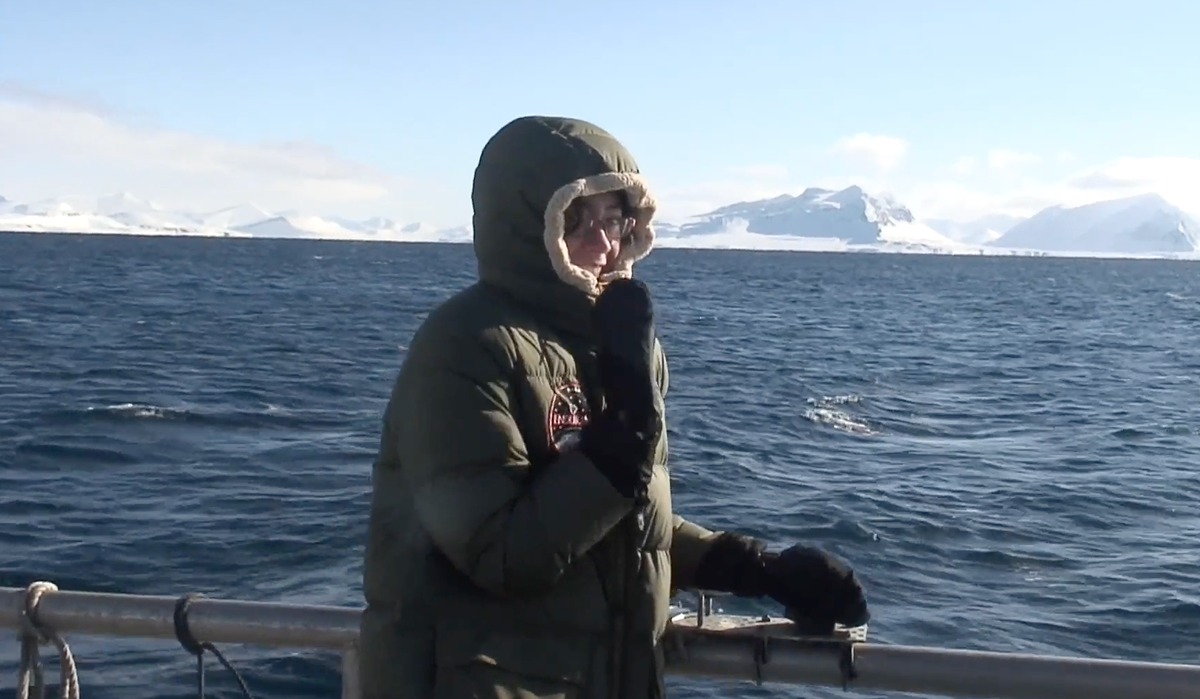

University-affiliated NASA researchers are part of an international team that has proven the existence of a global energy field, which has eluded scientists for decades. The ambipolar electric field was detected and measured for the first time with a suborbital rocket launched from the Arctic, according to a NASA press release. The findings, published today in Nature, reveal the field as a fundamental force in our planet’s atmosphere.
The principal investigator and lead author of the study is NASA’s Glyn Collinson, who was a University-affiliated researcher up until the paper’s submission. Among the co-authors are Hassanali Akbari and Ellen Robertson, both University-affiliated researchers.
The ambipolar electric field was first hypothesized 60 years ago to explain the mysterious force behind the “polar wind,” a continuous outflow of charged particles from the Earth’s poles into space. The team not only confirmed and quantified the field’s strength, but also showed it shapes the sky by increasing the height and density of the ionosphere.
“It counters gravity and basically lifts the skies up. It’s like this conveyor belt that’s lifting the atmosphere into space,” said Collinson in a NASA video short documentary.
The rocket for the NASA-funded mission, named Endurance in reference to the famous Sir Ernest Shackleton Arctic expedition, was launched in May 2022 from Svalbard, Norway – the northernmost rocket range in the world. The primary instrument for the observations was a photoelectron spectrometer – new technology developed for the mission.
Ellen Robertson played a key role in conducting vacuum chamber testing of the technology before its deployment and assisted in attaching the equipment to the rocket for the launch. She also conducted initial processing of the data collected on the flight.
“The technology combined an electrostatic analyzer with a retarding potential analyzer to get sufficiently high-resolution data,” said Robertson. “The rocket carried eight of these instruments to make sure we received enough of a signal for this small measurement.”

Over the 19-minute journey, the rocket reached an altitude of 477.23 miles and collected data across a 322-mile altitude range, before plunging into the Greenland Sea. The ambipolar field is a weak force, with Endurance measuring only .55 volts in electric potential, but it has a big impact.
“A half a volt is almost nothing — it’s only about as strong as a watch battery,” Collinson said in a NASA press release. But it’s enough to explain a key part of our world and likely others.
“Any planet with an atmosphere should have an ambipolar field,” explained Collinson. “Now that we’ve finally measured it, we can begin learning how it’s shaped our planet as well as others over time.”
The NASA-funded Endurance mission was conducted through the Sounding Rocket Program at NASA’s Wallops Flight Facility. Andøya Space, The European Incoherent Scatter Scientific Association, the United Kingdom Natural Environment Research Council, and the Research Council of Norway made critical contributions to the study. The mission team included affiliates of The Catholic University of America, Embry-Riddle Aeronautical University; the University of California, Berkeley; the University of Colorado at Boulder; the University of Leicester, U.K.; the University of New Hampshire; and Penn State University.
The Catholic University of America has a decades-long research relationship with NASA facilitated in part by close proximity to Goddard Space Flight Center. Faculty and researchers including students collaborate with NASA scientists on projects critical to advancing our knowledge of our universe.
The University is the lead institution for a $64 million cooperative agreement with NASA called PHaSER (Partnership for Heliophysics and Space Environment Research) and a member of CRESST II (Center for Research and Exploration in Space Science and Technology II), both of which provide top talent to work alongside the agency’s researchers.